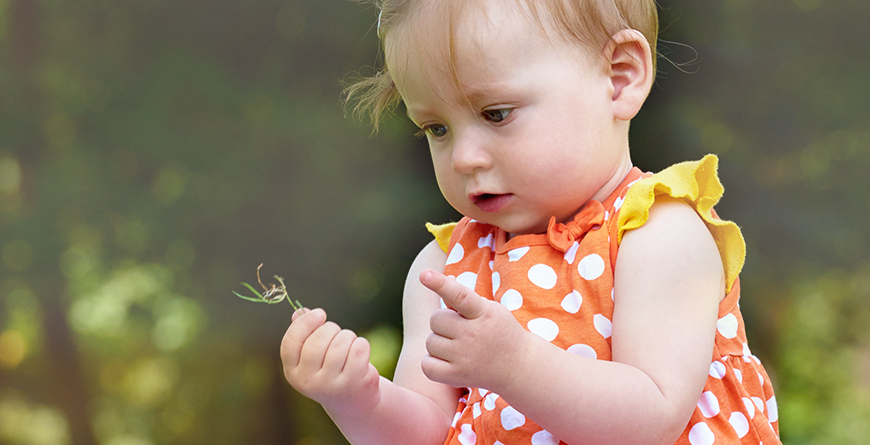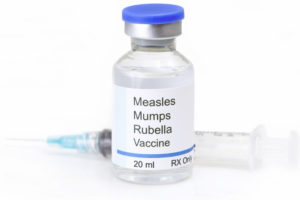Here Comes Summertime: Avoid Sunburn
In 1992, the International Agency for Research on Cancer concluded that “there is sufficient evidence in humans for the carcinogenicity of solar radiation.” Since that time, additional research results have supported a strong causal relationship between sunlight exposure and skin cancer.
Skin cancer prevention is a lifelong effort. It should be taken seriously from an early age. Parents are responsible for protecting children from sun exposure. In tropical climates like in South Florida, sunburn and UV ray skin damage can occur to children even without going to the beach.
Clothing can be an excellent UVR barrier. In contrast to sunscreen, the photo protection afforded by clothing does not diminish throughout the day unless the clothing becomes wet. Clothes that cover more of the body provide more protection; sun-protective styles cover to the neck, elbows, and knees.
The American Academy of Dermatology recommends that parents should avoid exposing babies younger than 6 months to the sun’s rays.
Some of the AAD guidelines to protect children from sun exposure are:
- The best way to protect infants from the sun is to keep them in the shade as much as possible, in addition to dressing them in long sleeves, pants, a wide-brimmed hat and sunglasses. Make sure they do not get overheated and that they drink plenty of fluids. If your baby is fussy, is crying excessively or has redness on any exposed skin, take him or her indoors.
- Sunscreen use should be avoided if possible in babies younger than 6 months.
- Parents of infants and toddlers 6 months and older may apply a broad-spectrum, water-resistant sunscreen with an SPF of 30 or higher to their children’s exposed skin that is not covered by protective clothing, according to the instructions on product label. The sunscreen should be reapplied approximately every two hours, or as often as the label says. Sunscreens that use the ingredients zinc oxide or titanium dioxide, or special sunscreens made for infants or toddlers may cause less irritation to their sensitive skin.
Jennifer Linder, MD, is a dermatologist and fellowship-trained Mohs surgeon in Scottsdale, AZ. Dr. Linder outlines Sunburn Prevention Guidelines in an article published by The Skin Cancer Foundation:
Parents of infants and toddlers 6 months and older may apply a broad-spectrum, water-resistant sunscreen with an SPF of 30 or higher to their children’s exposed skin that is not covered by protective clothing, according to the instructions on product label. The sunscreen should be reapplied approximately every two hours, or as often as the label says. Sunscreens that use the ingredients zinc oxide or titanium dioxide, or special sunscreens made for infants or toddlers may cause less irritation to their sensitive skin.10
Shade and Shelter
First, infants should be kept out of direct sunlight. Seeking shade between 10 AM and 4 PM, when the sun’s ultraviolet (UV) radiation is most intense, should be a top priority. Trees, awnings, gazebos, covered pavilions, and a long hood or sun umbrella on the baby carriage or stroller all provide varying degrees of shade.
Sun-Safe Togs
Dressing babies in sun-protective clothing is another must: lightweight, breathable long-sleeved gowns, one-pieces (coveralls or “onesies,” which go from shoulder to foot), or long-sleeved shirts and long pants in bright colors (soft whites and pastels let more light reach the skin) offer excellent protection. Parents should cover the often-exposed, delicate eye, scalp, and neck areas with UV-blocking sunglasses and broad-brimmed hats or sun bonnets, ideally with brims 4” around or greater.
Road Safety
If you are traveling by car, keep your baby centered in the back seat, furthest from both side windows. Even better, have UV-blocking film applied to all the windows—the sun’s ultraviolet A (UVA) radiation can penetrate glass, but window film will block almost 100 percent of both UVA and ultraviolet B (UVB) rays without reducing visibility. Finally, keep babies hydrated and cool on the road, as they are susceptible to heat exhaustion due to their limited ability to regulate body temperature.
To Sunscreen or Not to Sunscreen
While these practices are universally recommended, one sun protection method for babies is subject to mixed messages: sunscreen. The US Food and Drug Administration and The Skin Cancer Foundation recommend using sunscreen only on children older than six months; the Foundation further recommends keeping babies out of direct sun for the first six months. The American Academy of Pediatrics, on the other hand, suggests applying sunscreen to small areas of exposed skin in infants younger than six months old if appropriate clothing and shade are not available.




